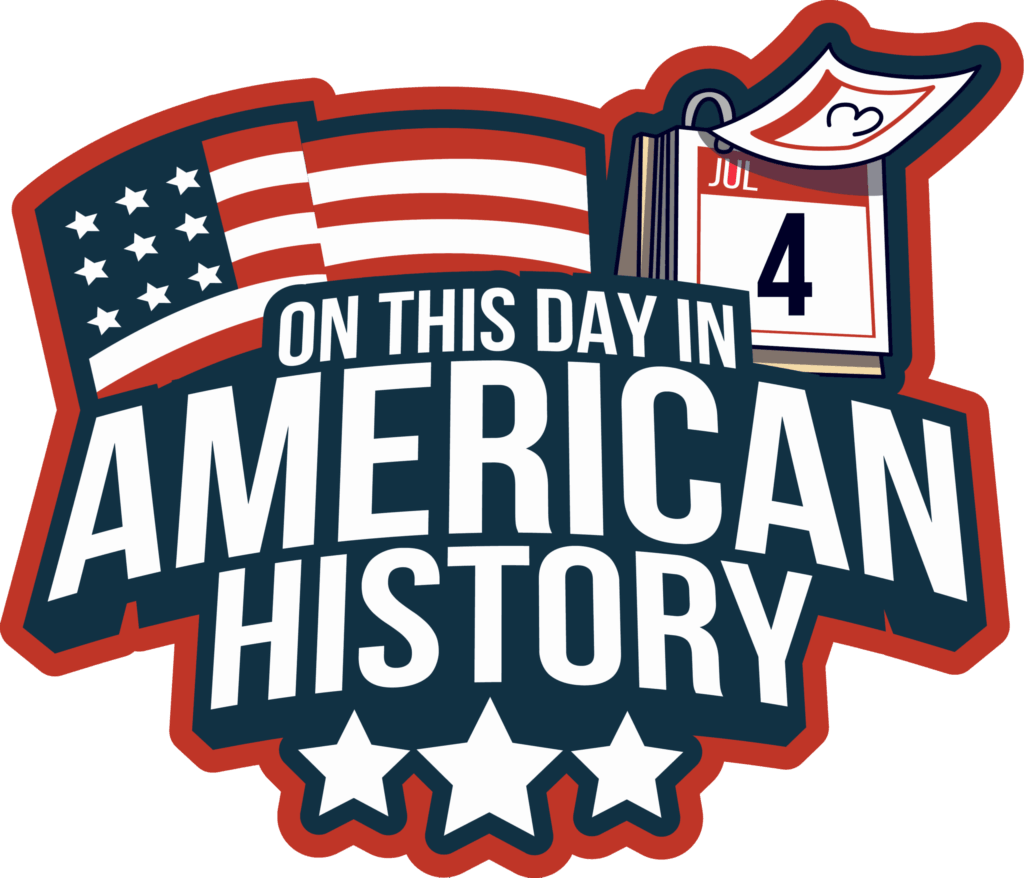
The Statue of Liberty arriving in New York Harbor aboard the French ship Isère on June 17, 1885.
More than 200,000 lined the docks and awaited Lady Liberty’s arrival that day.
Image via Wikimedia Commons, public domain

On June 17, 1985, Space Shuttle Discovery was launched and began a seven day mission.
During that mission three communication satellites were deployed.
Image via Wikimedia Commons, public domain

“The column that advanced against the rail fence was received in the most dauntless manner.
The Americans fought with a spirit and heroism that could not be surpassed, and had their ammunition have held out, would have secured to themselves a third time the palm of victory; as it was, they effectually prevented the enemy from accomplishing his purpose, which was to turn their flank and cut the whole of the Americans off; but having become perfectly exhausted, this body of the Americans also slowly retired, retreating in much better order than could possibly have been expected from undisciplined troops, and those in the redoubt having extricated themselves from a host of bayonets by which they had been surrounded.”
From: A full and correct account of the Battle of Bunker Hill, published in 1825
https://archive.org/details/fullcorrectaccou00bost/page/6/mode/1up?view=theater
Source says no known restrictions
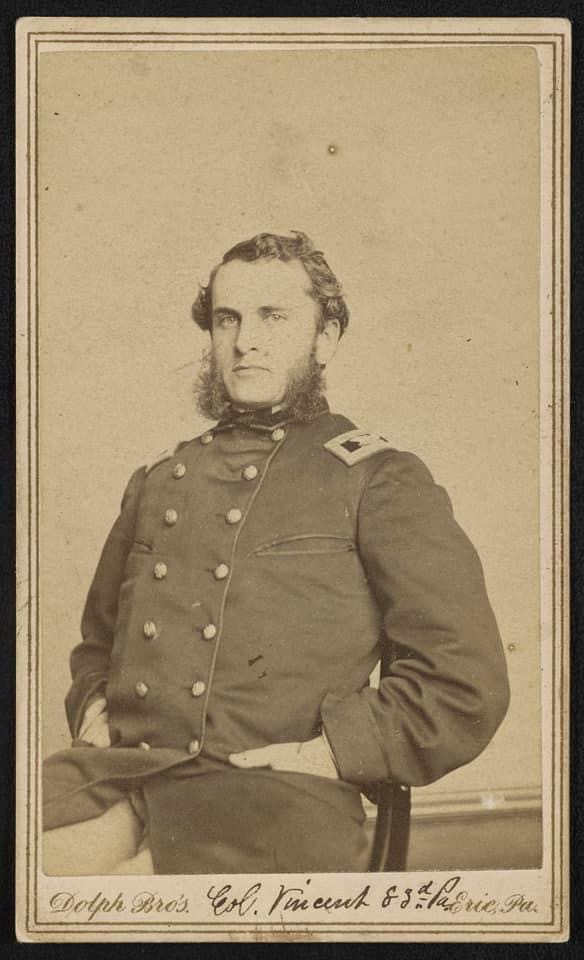
“Brigadier General Strong Vincent of Co. A, Erie Pennsylvania Infantry Regiment and 83rd Pennsylvania Infantry Regiment in uniform”
Strong Vincent was born on June 17, 1837 in
Waterford, Pennsylvania. During the Battle of Gettysburg he was wounded on Little Round Top and passed away just days later.
Vincent was only 26 and he left behind a young wife, Elizabeth H. Carter Vincent, who was expecting their first child.
Tragically the baby, Blanche, passed away in 1864 before reaching her first birthday and was buried next to her father. In 1914 (50 years later) Elizabeth, the wife of Strong Vincent and mother of baby Blanche was laid to rest next to her family in Erie, PA.
Image via Library of Congress, no known restrictions

On June 17, 1876, Sioux and Northern Cheyenne warriors led by Crazy Horse fought Gen. Crook’s forces for six hours at the Battle of the Rosebud.
Image via Wikimedia Commons, public domain in the US

One of the best hitters in pro baseball during the 1880s, Pete Browning, was born in
Louisville, Kentucky on June 17, 1861.
How good was Pete in the 1880s? During that decade he hit a single, a double, a triple, and a home run (hit for the cycle) in the same game on two occasions.
Pete was the American Association’s batting champion in 1882 & 1885 before that league joined the NL.
He was also given the nickname “The Louisville Slugger” which Bud Hillerich patented in 1894 for his family’s famous line of wooden baseball bats.
Image via Wikimedia Commons, public domain
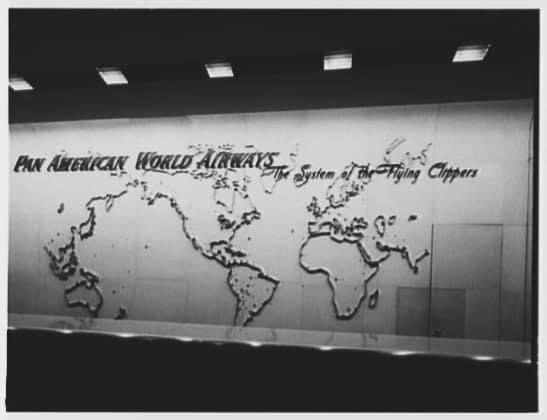
On June 17, 1947, Pan American Airlines began to offer tickets to fly around the world for $1,700.
Image: A mural for Pan American Airways, Rockefeller Plaza, New York City in 1947 via Library of Congress, no known restrictions
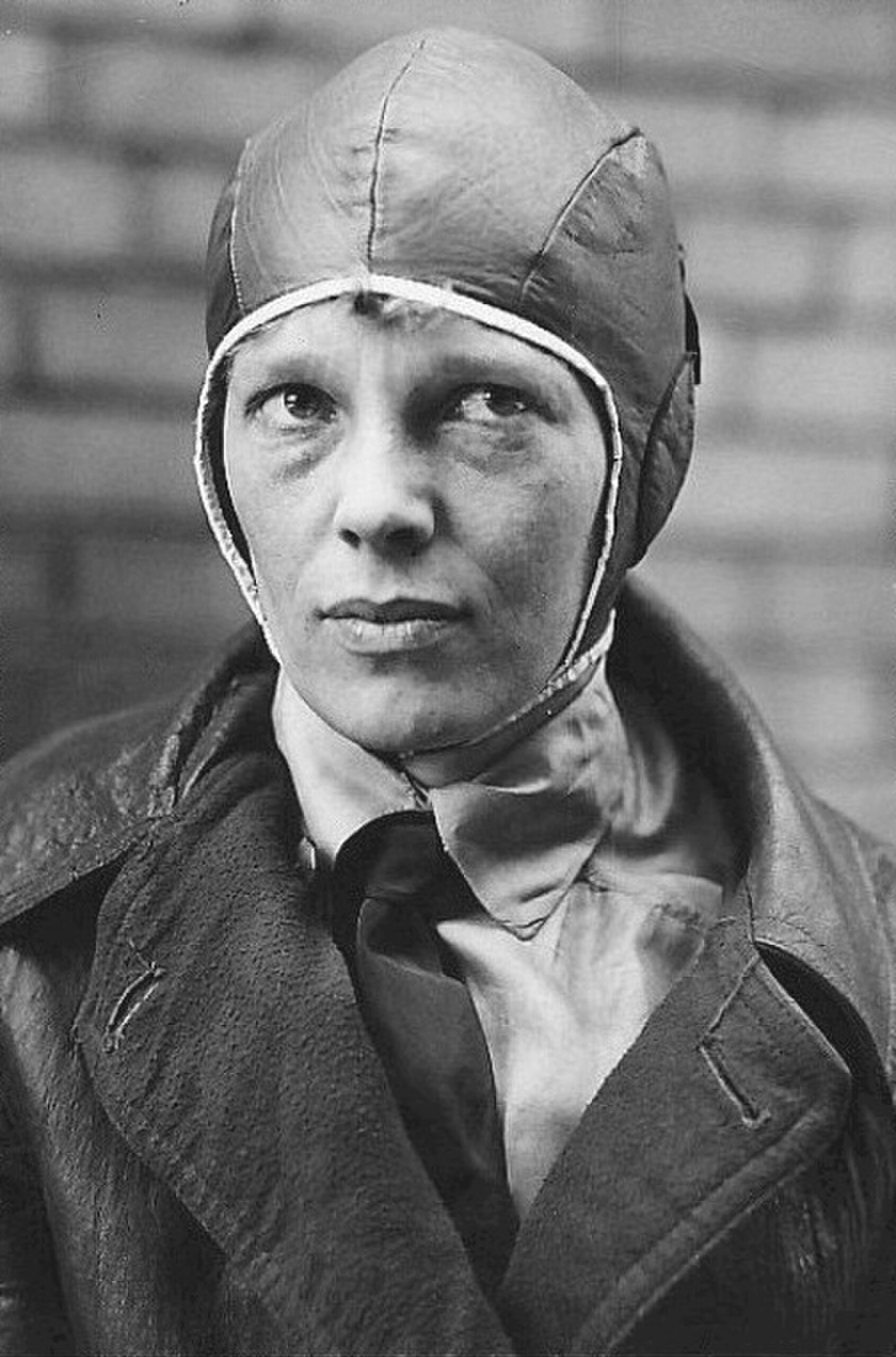
Amelia Earhart just before she became the first woman to take a transatlantic flight (as a passenger, not as a pilot) on June 17, 1928.
Image via Wikimedia Commons, public domain

A Grumman F4F-4 Wildcat on the hangar deck of the U.S. Navy escort carrier USS Long Island on June 17, 1942
Image via Wikimedia Commons, public domain
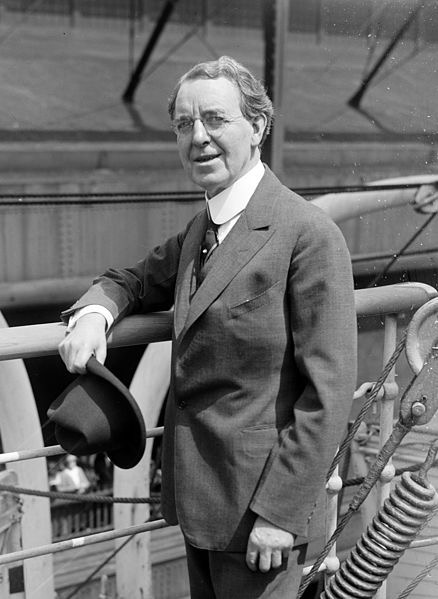
Born June 17, 1867 in Ireland John Robert Gregg developed a simplified and improved version of shorthand. Soon after arriving in the US in 1893 he published “Gregg Shorthand,” and his writing system soon became standard in business, journalism, and other professions where rapid, accurate note taking was necessary. George Bain collection,
Image from LOC via Wikimedia, public domain in the US.
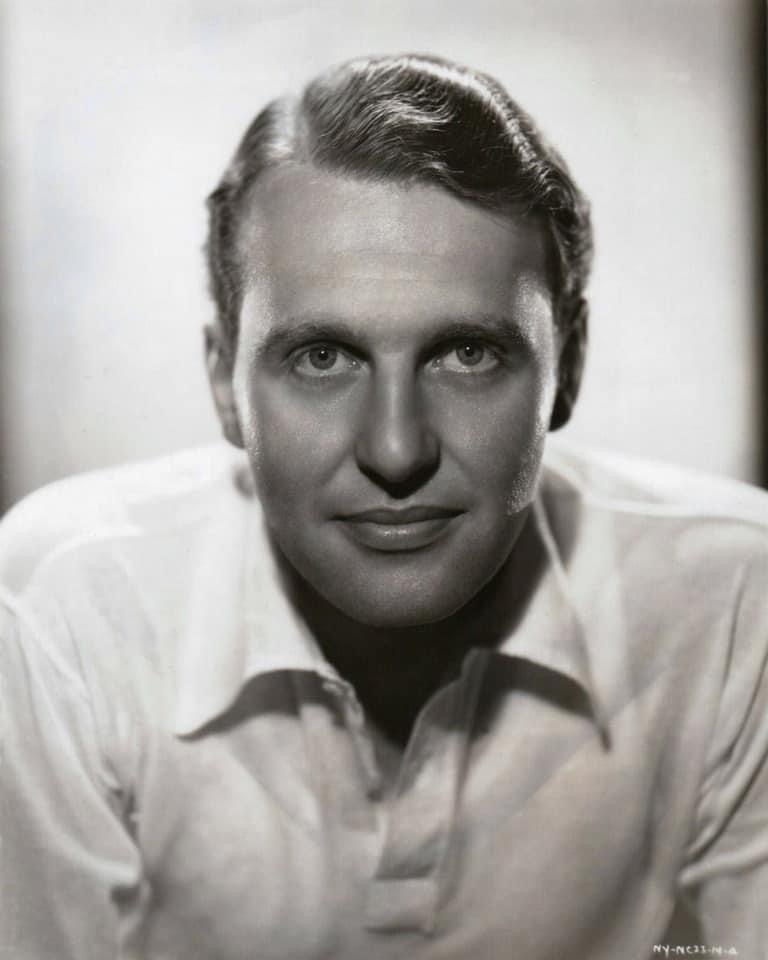
American actor Ralph Bellamy was born on June 17, 1904.
He played the role of Randolph Duke in the 1983 comedy Trading Places.
Image via Wikimedia Commons, public domain
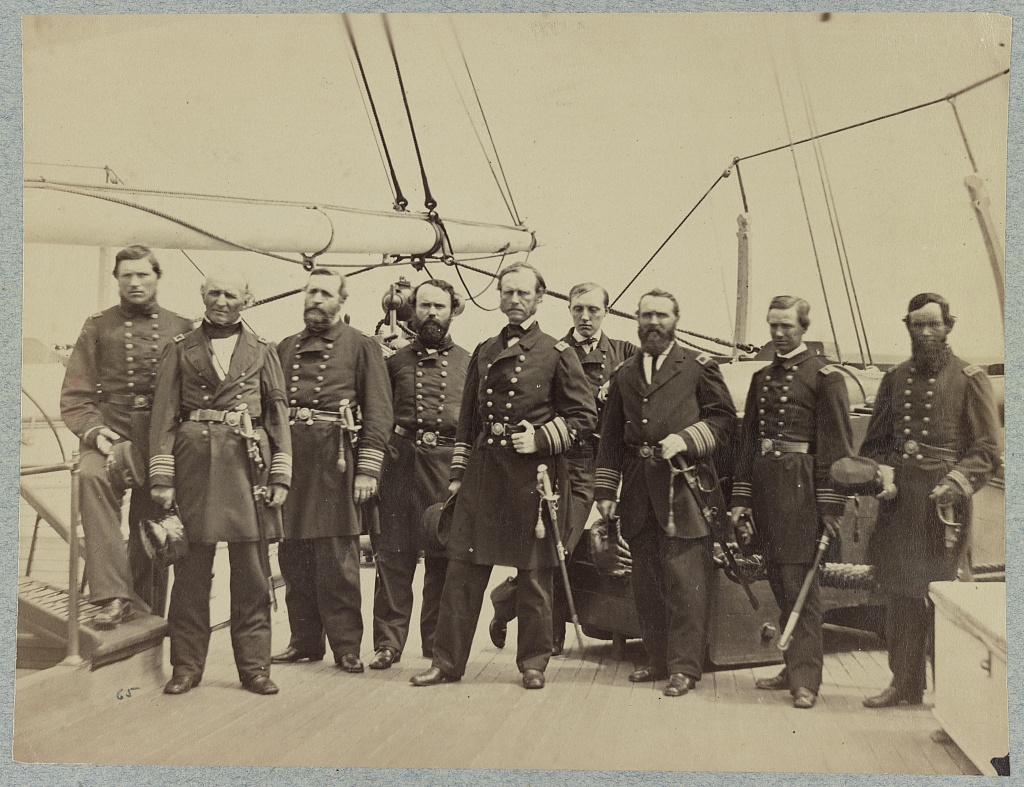
Admiral John A. Dahlgren and staff on board U.S.S. Pawnee off Charleston, South Carolina
June 17, 1865
via LOC, no known restrictions

On June 17, 1902, Theodore Roosevelt signed the Newlands Reclamation Act which established the development of irrigation projects in the Western U.S.
Settlement and farming in many arid areas of the American West may not have been possible without this act to provide much needed water.
Image of Theodore Roosevelt from 1902 via Wikimedia Commons, public domain


